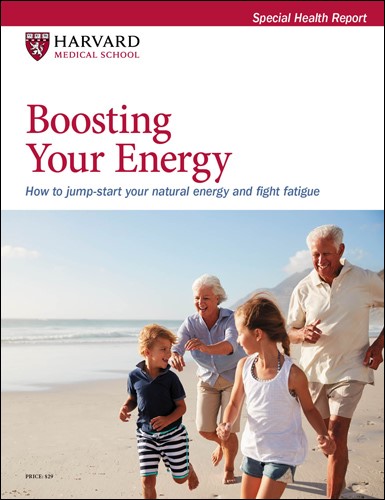
5 timeless habits for better health

What are the symptoms of prostate cancer?

Is your breakfast cereal healthy?

When pain signals an emergency: Symptoms you should never ignore

Does exercise give you energy?

Acupuncture for pain relief: How it works and what to expect

How to avoid jet lag: Tips for staying alert when you travel

Biofeedback therapy: How it works and how it can help relieve pain

Best vitamins and minerals for energy

Should you take probiotics with antibiotics?
Anemia
Anemia is a condition in which the blood carries too few red blood cells. Because red blood cells carry oxygen to all tissues of the body, anemia can make it difficult for tissues to get the oxygen they need. This can cause many problems.
There are two main types of anemia:
- caused by decreased or defective production of red blood cells
- caused by increased destruction of red cells in the blood.
Common types of anemia include:
- iron deficiency anemia, caused by blood loss or a shortage of iron in the diet
- vitamin deficiency anemia, caused by too little vitamin B12 or folic acid in the diet or an inability to absorb these vitamins from food
- anemia of chronic disease arises as a result of cancer, HIV/AIDS, Crohn's disease, and other chronic conditions that interfere with the production of red blood cells
- aplastic anemia, an uncommon but potentially deadly condition caused by the inability of the bone marrow to make red blood cells
- anemia due to bone marrow diseases such as leukemia or myelofibrosis affect the bone marrow's ability to make blood cells
- hemolytic anemia occurs when the body destroys red blood cells faster than it makes them
- sickle cell anemia occurs in people who inherit genes for a type of hemoglobin that forces red blood cells to assume a crescent (or sickle) shape.
Anemia is very common. About 12% of women between the ages of 12 and 49 have at least mild anemia, mostly from iron deficiency caused by blood loss during menstruation. Up to 20% of pregnant women develop it during their pregnancy.
Mild anemia may not produce any symptoms. It is most often detected through a routine blood test such as a complete blood cell count.
Anemia symptoms
The condition can cause a variety of symptoms. These include:
- tiredness
- shortness of breath
- feeling lightheaded
- headaches
- faster heart rate and breathing rate.
Symptoms of anemia vary depending on how low the red blood cell count has dropped.
Anemia treatment
Treatment depends on the type of anemia an individual has, its cause, and how severe it is. Treatments may be as simple as getting more iron, folic acid, or vitamin B12 in the diet or from supplements, to taking medicines and possibly even procedures or surgery to stop blood loss.
Disclaimer:
As a service to our readers, Harvard Health Publishing provides access to our library of archived content. Please note the date of last review or update on all articles.
No content on this site, regardless of date, should ever be used as a substitute for direct medical advice from your doctor or other qualified clinician.

5 timeless habits for better health

What are the symptoms of prostate cancer?

Is your breakfast cereal healthy?

When pain signals an emergency: Symptoms you should never ignore

Does exercise give you energy?

Acupuncture for pain relief: How it works and what to expect

How to avoid jet lag: Tips for staying alert when you travel

Biofeedback therapy: How it works and how it can help relieve pain

Best vitamins and minerals for energy

Should you take probiotics with antibiotics?
You might also be interested in…

Boosting Your Energy
Fatigue is a symptom, not a disease, and it’s experienced differently by different people. Fatigue from stress or lack of sleep usually subsides after a good night’s rest, while other fatigue is more persistent and may be debilitating even after restful sleep. Harvard’s Special Health Report Boosting Your Energy provides advice and information from world-renowned medical experts that can help you discover the cause of your fatigue and find the right treatment or lifestyle changes.
Free Healthbeat Signup
Get the latest in health news delivered to your inbox!
Sign Up

